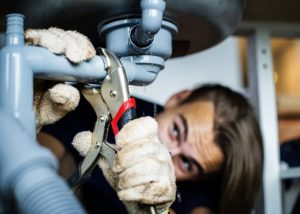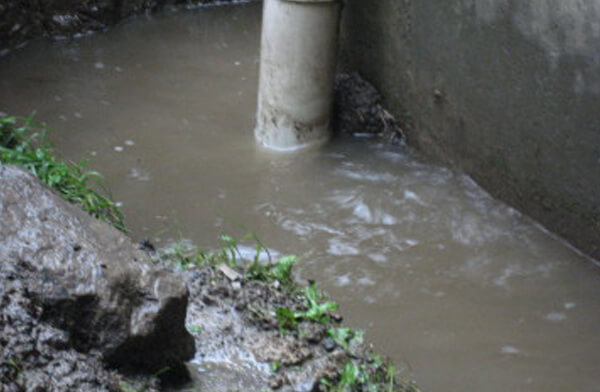We've discovered the article involving Detecting hidden plumbing leaks below on the net and decided it made good sense to relate it with you here.

Early detection of leaking water lines can reduce a prospective catastrophe. Some small water leaks might not be noticeable.
1. Take A Look At the Water Meter
Every home has a water meter. Examining it is a proven manner in which aids you uncover leakages. For starters, turn off all the water sources. Make certain nobody will flush, make use of the tap, shower, run the washing machine or dish washer. From there, most likely to the meter and watch if it will certainly alter. Because no one is utilizing it, there ought to be no activities. That suggests a fast-moving leak if it relocates. If you spot no adjustments, wait a hr or 2 as well as examine back once again. This suggests you may have a sluggish leakage that could even be underground.
2. Inspect Water Consumption
Evaluate your water bills and also track your water consumption. As the one paying it, you ought to see if there are any type of disparities. If you spot sudden changes, in spite of your intake coinciding, it means that you have leaks in your plumbing system. Remember, your water costs must drop under the very same range on a monthly basis. An abrupt spike in your expense indicates a fast-moving leak.
A stable boost every month, even with the exact same behaviors, reveals you have a sluggish leak that's also slowly rising. Call a plumber to completely check your building, especially if you feel a warm area on your flooring with piping underneath.
3. Do a Food Coloring Test
When it comes to water intake, 30% comes from commodes. If the color somehow infiltrates your bowl during that time without flushing, there's a leakage in between the container as well as bowl.
4. Asses Exterior Lines
Do not forget to inspect your exterior water lines too. Needs to water seep out of the connection, you have a loosened rubber gasket. One small leakage can squander bunches of water and spike your water bill.
5. Examine the scenario and inspect
Property owners need to make it a behavior to check under the sink counters and even inside closets for any bad odor or mold growth. These 2 red flags suggest a leakage so prompt interest is needed. Doing routine evaluations, also bi-annually, can conserve you from a major issue.
If you recognize your house is currently old, keep a watchful eye on your heating units, tubes, pipelines etc. Look for discolorations and compromising as many devices and pipelines have a life span. They will likewise naturally wear away because of deterioration. Don't wait for it to intensify if you presume dripping water lines in your plumbing system. Call a professional plumber immediately so you don't end up with a terrible mess in your house.
Early detection of dripping water lines can reduce a possible catastrophe. Some little water leaks might not be noticeable. Checking it is a guaranteed means that helps you find leakages. One tiny leak can throw away heaps of water and also spike your water expense.
If you suspect leaking water lines in your plumbing system, do not wait for it to escalate.
WARNING SIGNS OF WATER LEAKAGE BEHIND THE WALL
PERSISTENT MUSTY ODORS
As water slowly drips from a leaky pipe inside the wall, flooring and sheetrock stay damp and develop an odor similar to wet cardboard. It generates a musty smell that can help you find hidden leaks.
MOLD IN UNUSUAL AREAS
Mold usually grows in wet areas like kitchens, baths and laundry rooms. If you spot the stuff on walls or baseboards in other rooms of the house, it’s a good indicator of undetected water leaks.
STAINS THAT GROW
When mold thrives around a leaky pipe, it sometimes takes hold on the inside surface of the affected wall. A growing stain on otherwise clean sheetrock is often your sign of a hidden plumbing problem.
PEELING OR BUBBLING WALLPAPER / PAINT
This clue is easy to miss in rooms that don’t get much use. When you see wallpaper separating along seams or paint bubbling or flaking off the wall, blame sheetrock that stays wet because of an undetected leak.
BUCKLED CEILINGS AND STAINED FLOORS
If ceilings or floors in bathrooms, kitchens or laundry areas develop structural problems, don’t rule out constant damp inside the walls. Wet sheetrock can affect adjacent framing, flooring and ceilings.
https://www.servicemasterbyzaba.com/blog/how-to-detect-water-leakage-in-walls/

Do you like reading up on Finding hidden leaks? Leave feedback directly below. We will be delighted to see your responses about this piece. In hopes that you visit us again soon. Sharing is good. Helping people is fun. We treasure reading our article about Locating water leaks.